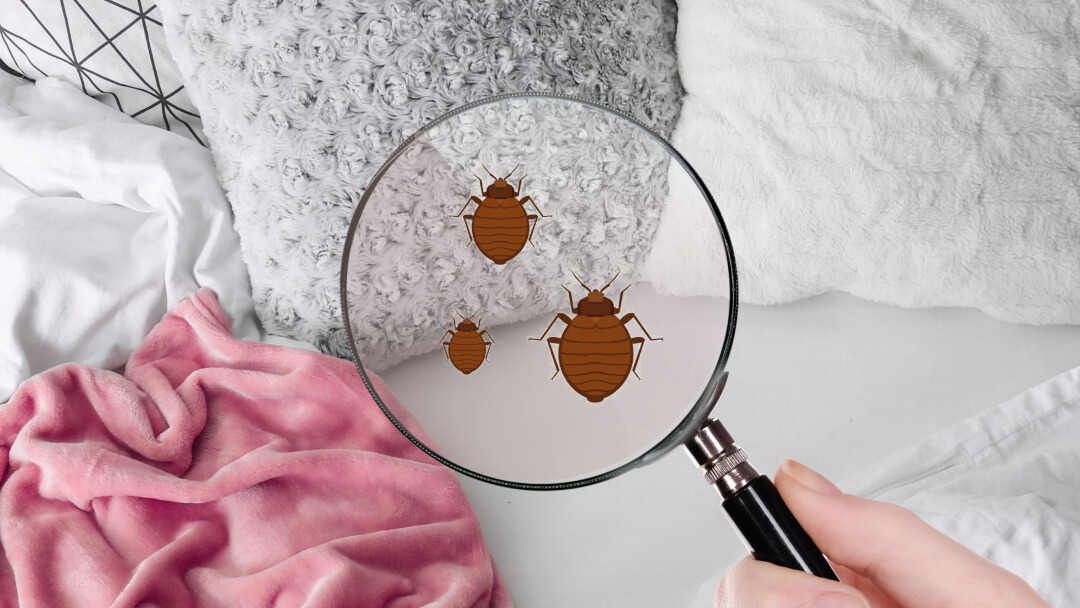Recognizing the Lifecycle of Bugs for Targeted Control Approaches
Recognizing the lifecycle of insects is an essential facet of reliable pest management methods. By comprehending the various stages of growth that pests undertake, an extra specific and targeted technique can be adopted to manage their populaces. This knowledge not just sheds light on the susceptabilities within the pest lifecycle yet additionally paves the way for carrying out critical actions that can disrupt their growth and reproduction cycles. Through a deeper understanding of just how parasites grow and develop, customized control techniques can be developed to attend to details points in their lifecycle, eventually resulting in more effective pest administration outcomes.
Significance of Comprehending Insect Lifecycle
Comprehending the lifecycle of pests is crucial for creating reliable and targeted control approaches in bug management. By comprehending the numerous stages an insect goes with from egg to grownup, pest control professionals can determine vulnerable factors in the lifecycle where intervention can be most successful.
In addition, identifying the details environmental conditions required for each and every phase of the bug's lifecycle can direct choices on environment adjustment or exclusion methods to disrupt the lifecycle and lower insect populations. This expertise allows pest administration specialists to execute proactive measures as opposed to depending exclusively on responsive therapies, bring about more lasting and long-term parasite control solutions. Inevitably, a thorough understanding of insect lifecycles empowers parasite control experts to customize their techniques successfully, reducing environmental effects and optimizing control outcomes.
Secret Stages in Bug Growth
To successfully apply targeted control methods in pest monitoring, an essential facet lies in thoroughly identifying and recognizing the crucial stages in pest development. Pest advancement generally consists of a number of vital stages that are essential for their lifecycle and management.

Susceptabilities in Parasite Lifecycle
Throughout the different stages of an insect's lifecycle, unique vulnerabilities arise that can be tactically targeted for efficient control procedures. One essential susceptability exists in the egg phase, where insects are typically a lot more vulnerable to certain pesticides or organic control agents because of their soft outer shell, making them less complicated targets for treatment. Furthermore, the nymph or larval stage provides vulnerabilities as bugs go through fast development and development, requiring high energy consumption that can be exploited by disrupting their food sources or introducing development preventions. Pupal phases, identified by stability and transformation, provide a home window for targeted control with physical barriers or specific therapies that impede successful emergence. Grown-up parasites, while much more resistant due to their reproductive ability, can still be vulnerable during mating or egg-laying activities, which can be interfered with through pheromone traps or sterilization methods. Recognizing these susceptabilities in the pest lifecycle is crucial for developing efficient and accurate control methods that effectively manage insect populations while decreasing ecological influence.
Applying Targeted Control Actions

Implementing targeted control actions commonly includes a multi-faceted approach. This might include environment adjustment to make the environment much less congenial to parasites, such as eliminating standing water for insect control or sealing access points for rats. Furthermore, organic control techniques can be made use of, where natural killers or microorganisms are introduced to keep parasite populations in check.
Integrated Bug Monitoring (IPM) methods that combine various control measures in a coordinated and sustainable fashion are commonly the most efficient in achieving long-term pest management objectives. By carrying out targeted control actions based on a complete understanding of pest lifecycles, parasite populations can be successfully controlled while lessening dangers to human health and the environment.
Enhanced Pest Management Practices

In addition, the consolidation of organic control agents, such as natural killers or pathogens of bugs, can assist lower dependence on chemical pesticides and promote an extra well balanced ecological community. Carrying out physical barriers and catches can also be part of enhanced parasite monitoring practices, providing safe and targeted solutions for insect control. In addition, the usage of scents and various other semiochemicals can interrupt pest breeding patterns and communication, causing decreased parasite populations gradually.
Verdict
In conclusion, comprehending the lifecycle of parasites is important for efficient parasite management techniques. By determining crucial phases in pest development and vulnerabilities in their lifecycle, targeted control procedures can be carried out to decrease pest populations. Improved insect administration techniques can aid reduce the reliance on broad-spectrum pesticides and advertise even more environmentally friendly and sustainable insect control techniques. This understanding plays a crucial role in preserving healthy communities and agricultural efficiency.
Comprehending the lifecycle anonymous of parasites is important for developing efficient and targeted control approaches in parasite management. By comprehending the various phases a pest goes through from egg to grownup, bug control specialists can recognize prone points in the lifecycle where intervention can be most successful. Ultimately, an extensive understanding of bug lifecycles equips bug control professionals to tailor their approaches successfully, minimizing ecological impacts and maximizing control outcomes.
By applying targeted control procedures based on a complete understanding of insect lifecycles, parasite populaces can be properly controlled while lessening risks to human health and wellness and the environment.
By recognizing key phases in pest advancement and susceptabilities in their lifecycle, targeted control steps can be applied to lessen pest populaces.